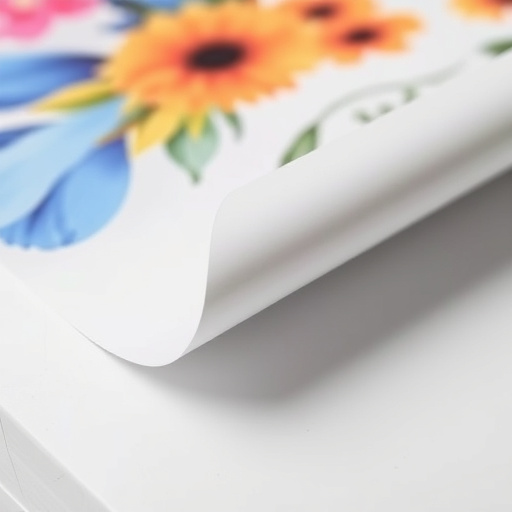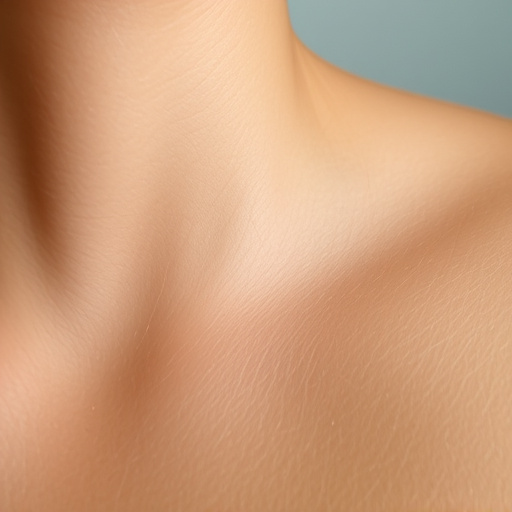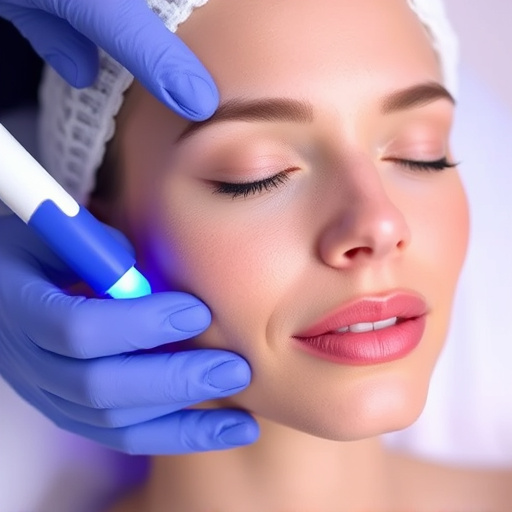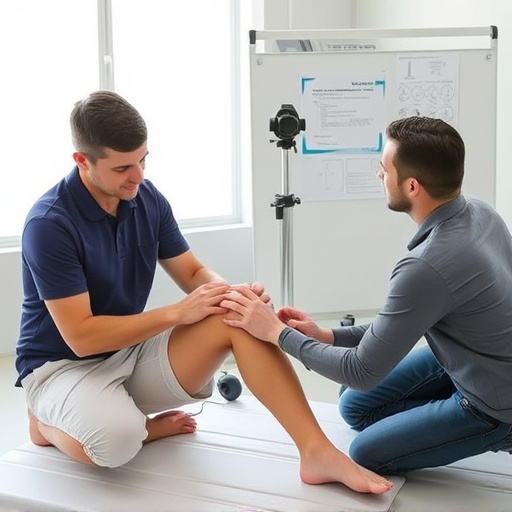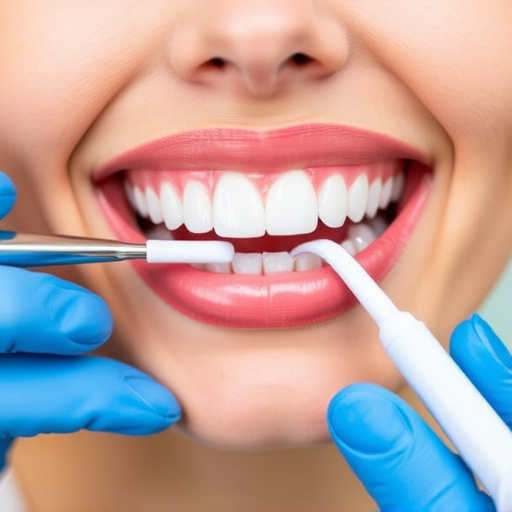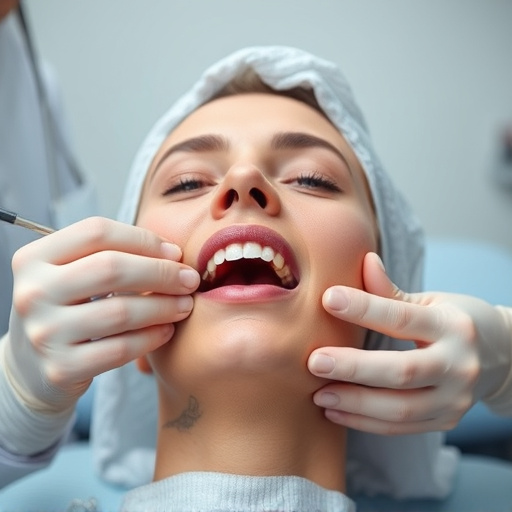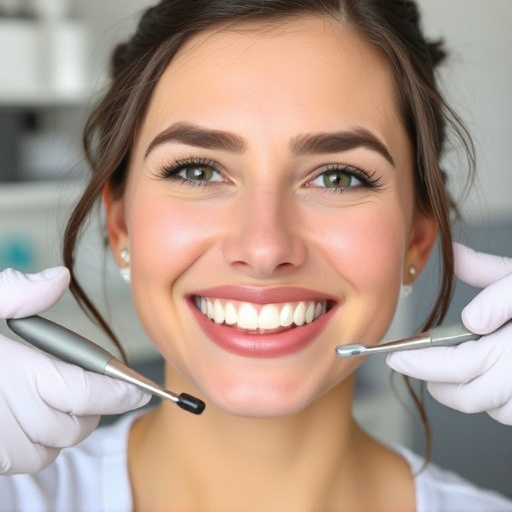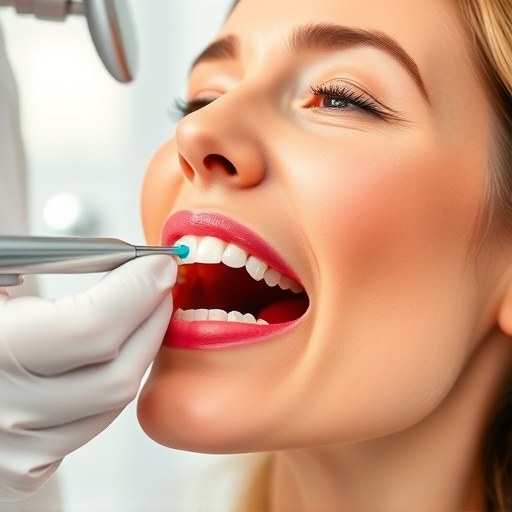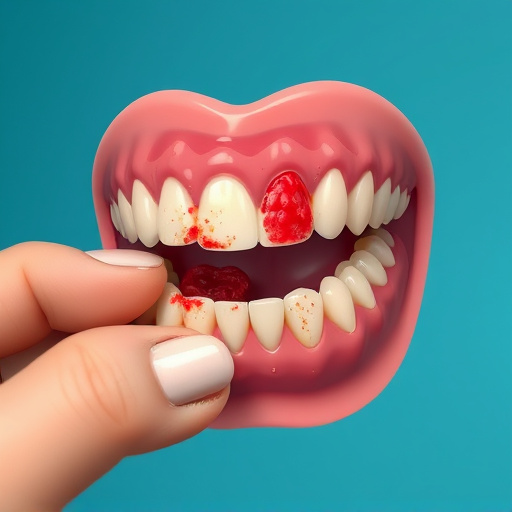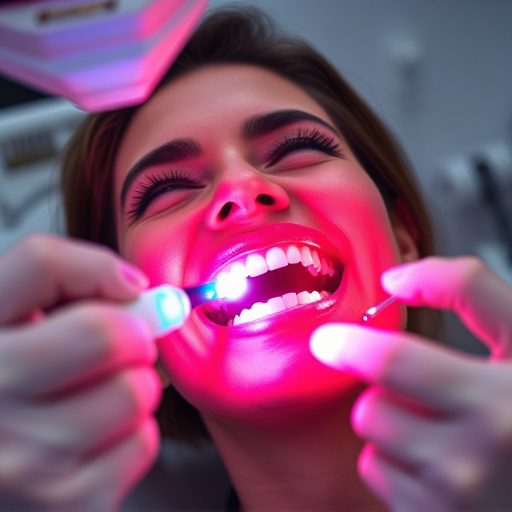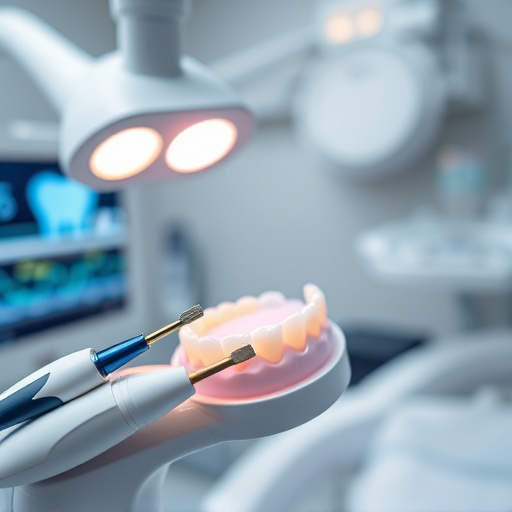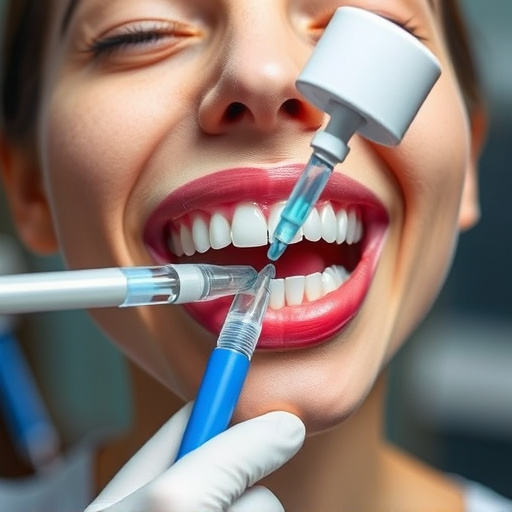Intraoral cameras have revolutionized dentistry by offering precise diagnostic tools and enhancing patient communication. These devices capture detailed images of teeth, gums, and soft tissues, enabling dentists to detect early signs of oral health issues like decay or gum disease. This technology facilitates better collaboration in treatment planning, builds trust in dental care, and is particularly valuable for complex procedures such as wisdom tooth removal, improving diagnostic accuracy and treatment outcomes across various dental services.
Dentists increasingly rely on intraoral camera examination tools to enhance patient care. These advanced tools offer a more precise diagnostic process compared to traditional visual exams, enabling dentists to detect even subtle caries, lesions, and gingival issues.
Intraoral cameras serve as powerful educational aids, helping patients visualize their oral health conditions and treatment plans. This promotes understanding and compliance. Moreover, they streamline workflows, simplify documentation, and facilitate remote consultations, making practice management more efficient.
- Enhancing Diagnostic Precision with Intraoral Cameras
- – Advantages over traditional visual examination
- – Improved detection of caries, lesions, and gingival issues
Enhancing Diagnostic Precision with Intraoral Cameras
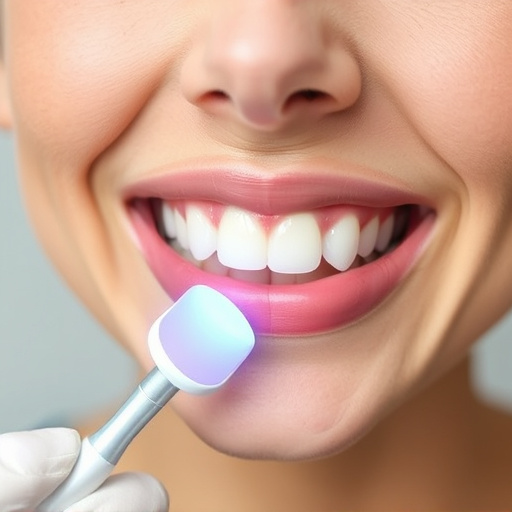
Intraoral cameras have transformed the way dentists conduct examinations, significantly enhancing diagnostic precision. These advanced tools allow dental professionals to capture detailed, high-resolution images of the oral cavity, including teeth, gums, and other soft tissues. By magnifying areas that may be difficult to visualize with the naked eye, intraoral cameras enable dentists to detect even the subtlest anomalies, such as early signs of decay, gum disease, or abnormalities in wisdom tooth removal procedures. This enhanced visibility leads to more accurate diagnoses, which is crucial in general dentistry and restorative dentistry practices.
Moreover, intraoral camera examination tools facilitate better patient communication. Dentists can show patients exact images of their oral health conditions, enabling them to understand the extent of any issues and collaborate in developing treatment plans. This visual approach not only educates patients but also fosters trust and encourages active participation in their dental care, particularly for procedures like wisdom tooth removal, where clear visualization is critical.
– Advantages over traditional visual examination
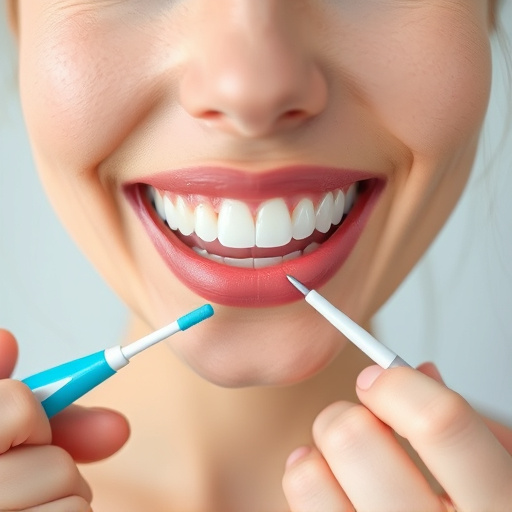
The intraoral camera examination tool has revolutionized general dentistry practices by offering a more detailed and precise approach compared to traditional visual examinations. This innovative technology provides dentists with a bird’s-eye view of a patient’s oral cavity, making it easier to detect even the smallest abnormalities. Unlike manual inspections, which can sometimes miss subtle issues due to limited visibility, intraoral cameras capture high-resolution images that reveal tooth decay, gum disease, or other dental problems more clearly.
One of the significant advantages of this tool is its ability to enhance diagnosis and treatment planning for various procedures, from simple cleanings to complex surgeries like wisdom tooth removal and dental implants. Dentists can now thoroughly examine hard-to-reach areas, ensuring a comprehensive understanding of oral health. This advanced visualization not only improves diagnostic accuracy but also empowers patients to make informed decisions regarding their treatment options.
– Improved detection of caries, lesions, and gingival issues
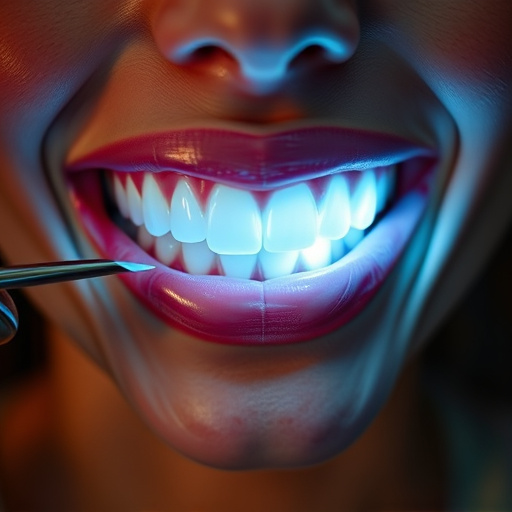
The intraoral camera examination tool has revolutionized dental care by providing a detailed and clear view inside the mouth. This advanced technology allows dentists to detect even the earliest signs of caries, lesions, and gingival issues that might be invisible to the naked eye. By capturing high-resolution images, these cameras enable dentists to identify subtle changes in tooth structure or gum health, facilitating early intervention.
Compared to traditional visual examinations, intraoral cameras offer a more comprehensive assessment, enhancing diagnostic accuracy. This is particularly beneficial for children’s dentistry and routine dental cleanings, where identifying potential problems before they become severe can lead to less invasive treatments, including cosmetic fillings, instead of more extensive procedures.
Intraoral cameras have become indispensable tools for dentists due to their ability to enhance diagnostic precision. By providing detailed, high-resolution images of the oral cavity, these devices offer a clear advantage over traditional visual examinations. This technology enables dentists to detect caries, lesions, and gingival issues more accurately, leading to improved treatment outcomes and better patient care. The use of intraoral camera examination tools is a significant step forward in modern dentistry, ensuring that dental professionals can make informed decisions based on comprehensive visual data.
